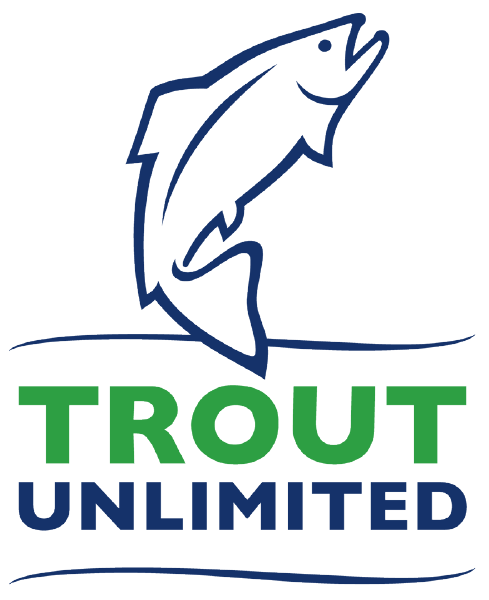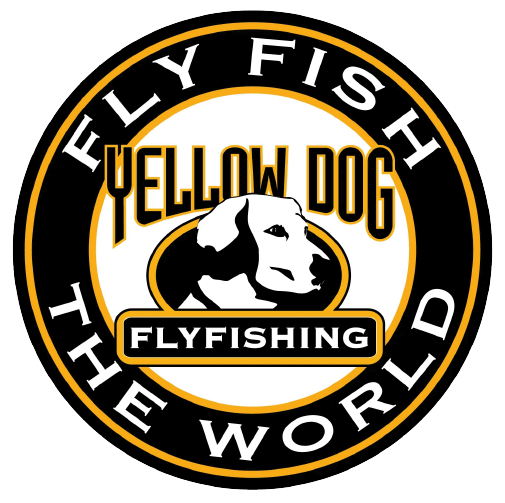10 Wild Amphibians and Reptiles You Can Find in Southeast Alaska

Southeast Alaska stretches along the coast with its dense rainforests, deep fjords, and scattered islands that create a rich habitat for wildlife. Rain falls often here, keeping the ground moist and supporting a variety of creatures. Prince of Wales Island, the biggest in this area, features thick forests and clear streams that draw visitors eager to see the outdoors.
Alaska’s Most Surprising Frogs, Salamanders, and Sea Turtles
Boardwalk Lodge offers comfortable stays and guided trips that let people experience these natural spots firsthand. Let’s take a look at the frogs, newts, salamanders, and sea turtles that reveal unique adaptations in Southeast Alaska’s lush forests and coastal waters.
Western Toad
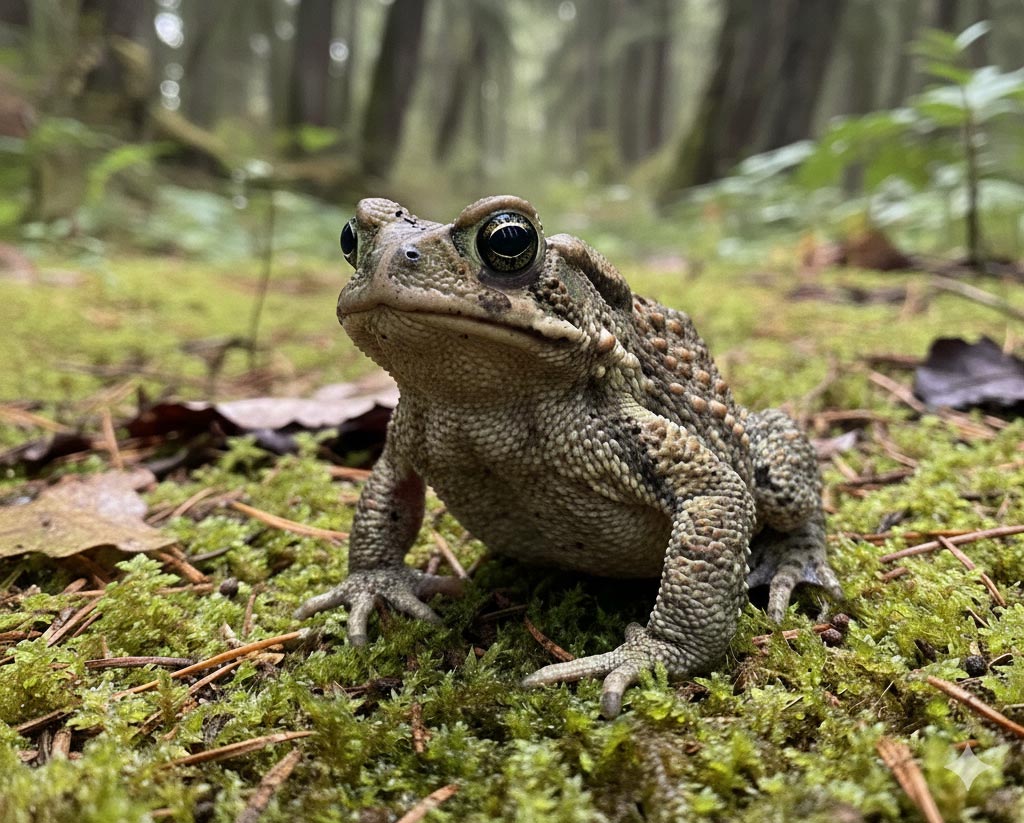
Western toads roam Southeast Alaska’s coastal forests, ponds, and lakes, growing five to thirteen centimeters long. Their warty skin, in brown, green, or gray, blends with a light stripe along the back. Females lay thousands of eggs in strings on plants in late spring. Larvae feed on algae before becoming adults that hunt beetles and ants.
Foraging up to a kilometer by day, they thrive in damp conditions. Burrowing below the frost line, western toads hibernate through winter. Logging and chytrid fungus threaten populations. Conservationists monitor them closely. Hikers on Prince of Wales Island trails may notice their steady hops along mossy paths.
Wood Frog
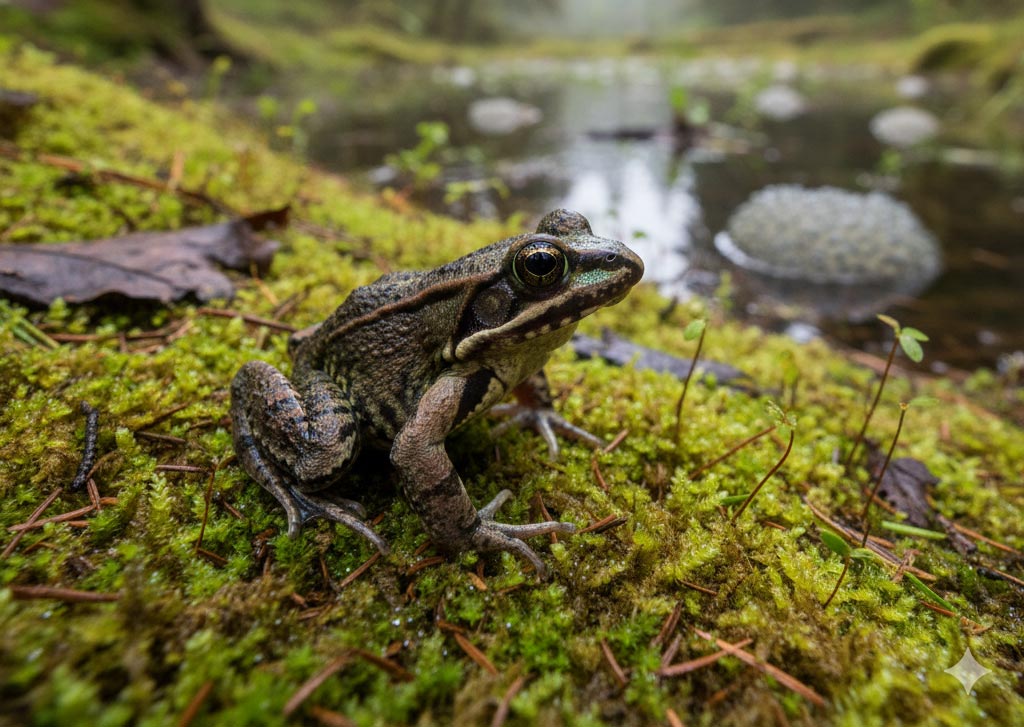
Wood Frogs inhabit Southeast Alaska’s temporary forest pools and wetlands, blending brown or olive skin with a distinctive dark eye mask. Females deposit egg clumps in vernal pools during early spring. Tadpoles consume algae before transforming into adults that feed on insects like beetles and flies in daylight. Males produce loud, quack-like calls as snow melts to attract mates across damp forest floors. Natural sugars safeguard their cells, enabling them to freeze solid in winter and revive in spring.
Predators such as birds, fish, and garter snakes target tadpoles, while adults face threats from ravens and small mammals. Tadpoles cluster with kin for protection. Fungal diseases, particularly chytrid, threaten populations, but monitoring maintains stability. Conservation protects breeding pools from wetland loss. Near Boardwalk Lodge, vibrant spring choruses resonate through soggy forests to welcome warmer seasons.
Columbia Spotted Frog

Columbia Spotted Frogs live in Southeast Alaska’s permanent waters like beaver ponds, reaching up to eight centimeters with bumpy brown skin, black spots, and a pinkish belly. Males pick shallow, vegetated spots in spring for females to lay hundreds of eggs. Adults eat insects and snails. Larvae graze algae. Webbed feet allow fast swimming. Some tadpoles overwinter. Mining and wetland loss threaten survival, landing them on watch lists. Quick leaps into water show alertness in quiet wetlands near Boardwalk Lodge.
Roughskin Newt

Roughskin Newts roam Southeast Alaska’s ponds, lakes, and forests as far north as Juneau, blending dark tops with vivid yellow bellies. Females lay eggs on aquatic plants in spring, fertilized by males during underwater clasping. Adults feed on insects like flies and beetles by day, thriving in damp environments.
Toxic skin secretions, signaled by bright colors, deter predators such as birds, raccoons, and fish, though some snakes tolerate the poison. Certain newts retain gills in stable waters, adapting to aquatic life. Logging reduces wetland habitats, yet populations persist across the region. Conservation efforts protect these moist areas from development. Avoid handling them, as their toxins irritate skin. Near Boardwalk Lodge, their deliberate movements through soggy underbrush highlight resilience in Alaska’s wet landscapes, blending seamlessly with the forest floor.
Northwestern Salamander

Northwestern Salamanders inhabit Southeast Alaska’s moist forests from sea level to timberline, displaying brown backs and pale bellies. Remaining underground most of the year, they emerge during rains to breed in still ponds. Females deposit jelly-like egg clumps deep in water, where larvae feed on tiny aquatic organisms. Adults hunt worms and slugs at night, navigating damp forest floors.
Predators like owls, otters, and garter snakes prey on adults, while fish target larvae. Some retain gills in stable waters, adapting to wet conditions. Populations remain stable, with conservation safeguarding forest wetlands from logging. Search under logs after rain near Boardwalk Lodge to spot their subtle movements, a quiet testament to their ability to thrive in Alaska’s saturated woodlands.
Long-toed Salamander
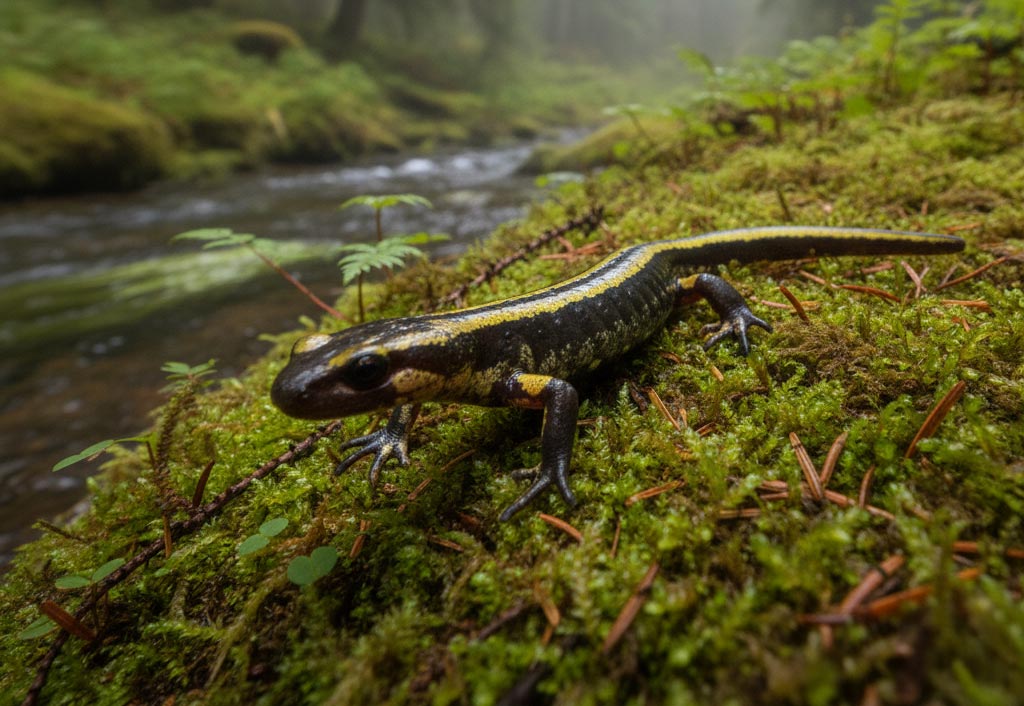
Long-toed Salamanders roam Southeast Alaska’s Tongass National Forest, blending dark bodies with a vivid yellow dorsal stripe. Females lay eggs in spring, attaching them to plants or streambeds in shallow ponds or streams. Larvae feed on tiny aquatic organisms for weeks before transforming into adults that hunt insects and worms after rain. Long toes grip wet moss and logs, aiding movement across damp terrain.
Predators like birds and small mammals target adults, while fish will prey on the larvae. Moving between lowlands and mountains, they adapt to diverse elevations. Logging and wetland drainage threaten breeding sites, prompting conservation to preserve moist habitats.
Green Sea Turtle
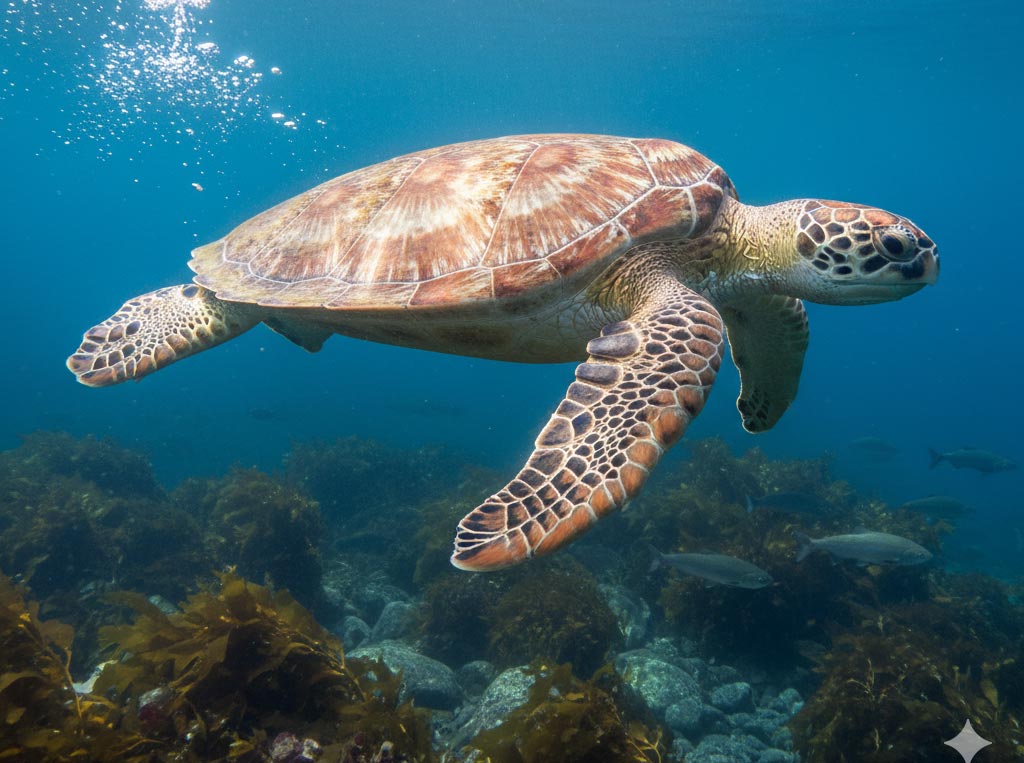
Green Sea Turtles stray into Southeast Alaska only on rare occasions, far from their tropical nesting beaches in Hawaii and Mexico. Their olive-to-black shells and broad flippers are built for endurance, carrying them thousands of miles across the Pacific. Adults feed mainly on seagrasses and algae, though northern waters offer little of either. Stored fat helps them tolerate short stays in cold seas.
Tiger sharks are the main predators elsewhere, but few threats wait for adults once they reach their massive size. They nest exclusively on warm beaches, so the turtles seen in Alaska are long-distance travelers that will eventually return south to reproduce.
Leatherback Sea Turtle
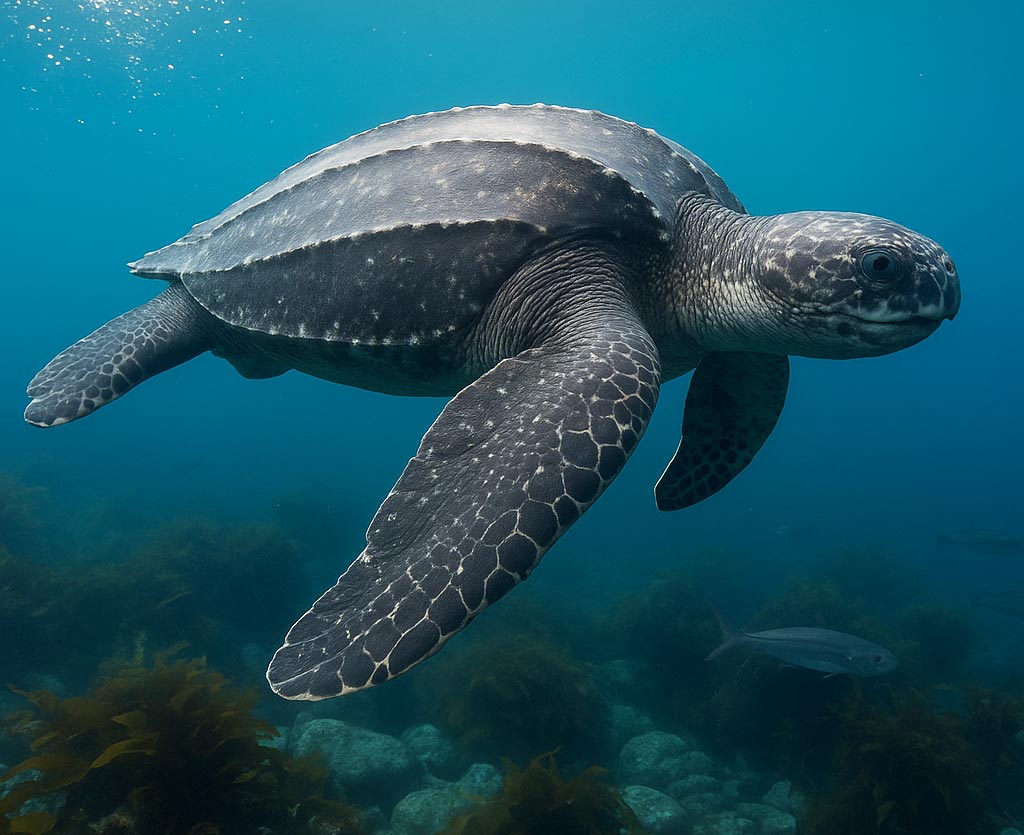
Leatherbacks are the giants of the turtle world, stretching over six feet long and weighing up to a ton. They appear in Southeast Alaska more often than other sea turtles, feeding heavily on jellyfish. Spiny projections in their mouths help grip slippery prey, and their unique ability to regulate body temperature allows survival in frigid waters. Orcas and large sharks pose the greatest risks, though their size offers protection.
Unlike other turtles, they lack a hard shell, instead carrying a leathery carapace lined with ridges for streamlining. Nesting takes place on tropical beaches, with females laying large clutches of soft-shelled eggs. Each Alaskan sighting reflects their astonishing migration from nesting beaches in the western Pacific or tropics.
Loggerhead Sea Turtle

Loggerheads occasionally drift into Alaska’s southern waters, their reddish-brown shells and massive jaws built for crushing crabs, clams, and other hard-shelled prey. They nest in subtropical and temperate zones, with females returning to the same beaches where they hatched.
Juveniles are more likely to appear in Alaska, carried northward by strong ocean currents. In their normal range, tiger sharks and orca hunt young loggerheads, while adults face few natural enemies. Long migrations demand energy reserves, and colder seas push their physical limits. Sightings are unusual but highlight how widely these turtles can disperse across the Pacific.
Olive Ridley Sea Turtle
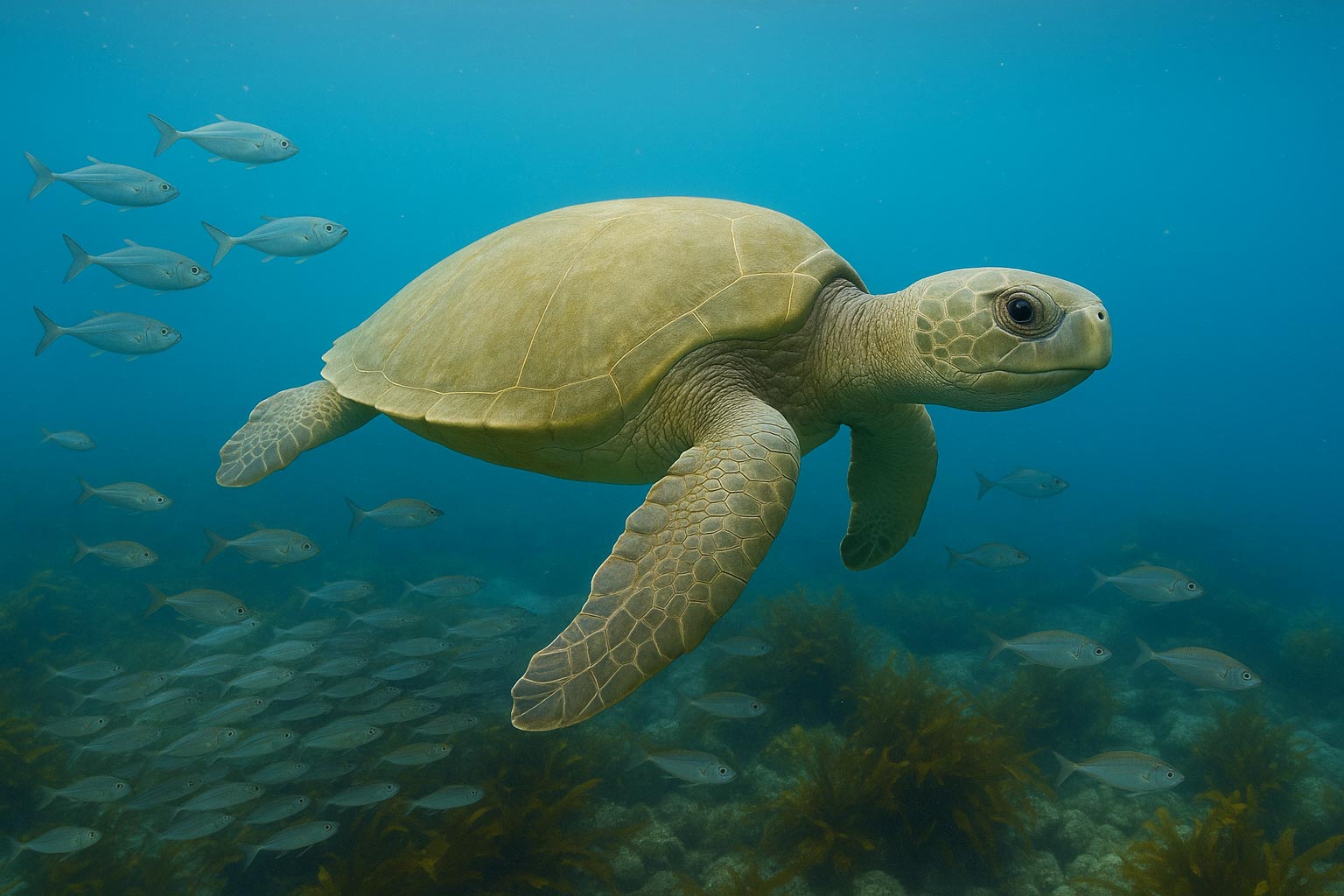
Olive Ridleys are the smallest sea turtles, averaging three feet in length and about 100 pounds, with dark, heart-shaped shells. They migrate in large groups from tropical nesting beaches, yet only a few wander as far north as Southeast Alaska. In local waters they feed on jellyfish, shrimp, and small fish, using their compact, agile bodies to swim swiftly through strong currents.
Sharks and large fish threaten juveniles, while adults are better shielded by their size and shell. Nesting occurs on warm sandy beaches thousands of miles away, often in massive synchronized events called arribadas. Their rare appearances in Alaska highlight just how wide-ranging this species can be.
Southeast Alaska’s Hidden Wildlife Gems
Southeast Alaska supports a surprising mix of reptiles and amphibians, from turtles riding ocean currents to frogs that can survive being frozen solid in winter. Moist forests, wetlands, and cold seas create habitats where only the most adaptable species persist. Boardwalk Lodge on Prince of Wales Island gives visitors easy access to these wild places.
Guided outings explore rain-soaked trails, quiet ponds, and rugged coastlines where these animals appear. For those interested in Alaska’s quieter, less-seen wildlife, the region offers encounters that are both rare and rewarding. Visit soon to discover these animals and let Alaska’s wild beauty captivate you!

Support
Best Alaska Fishing
Boardwalk Lodge Supports
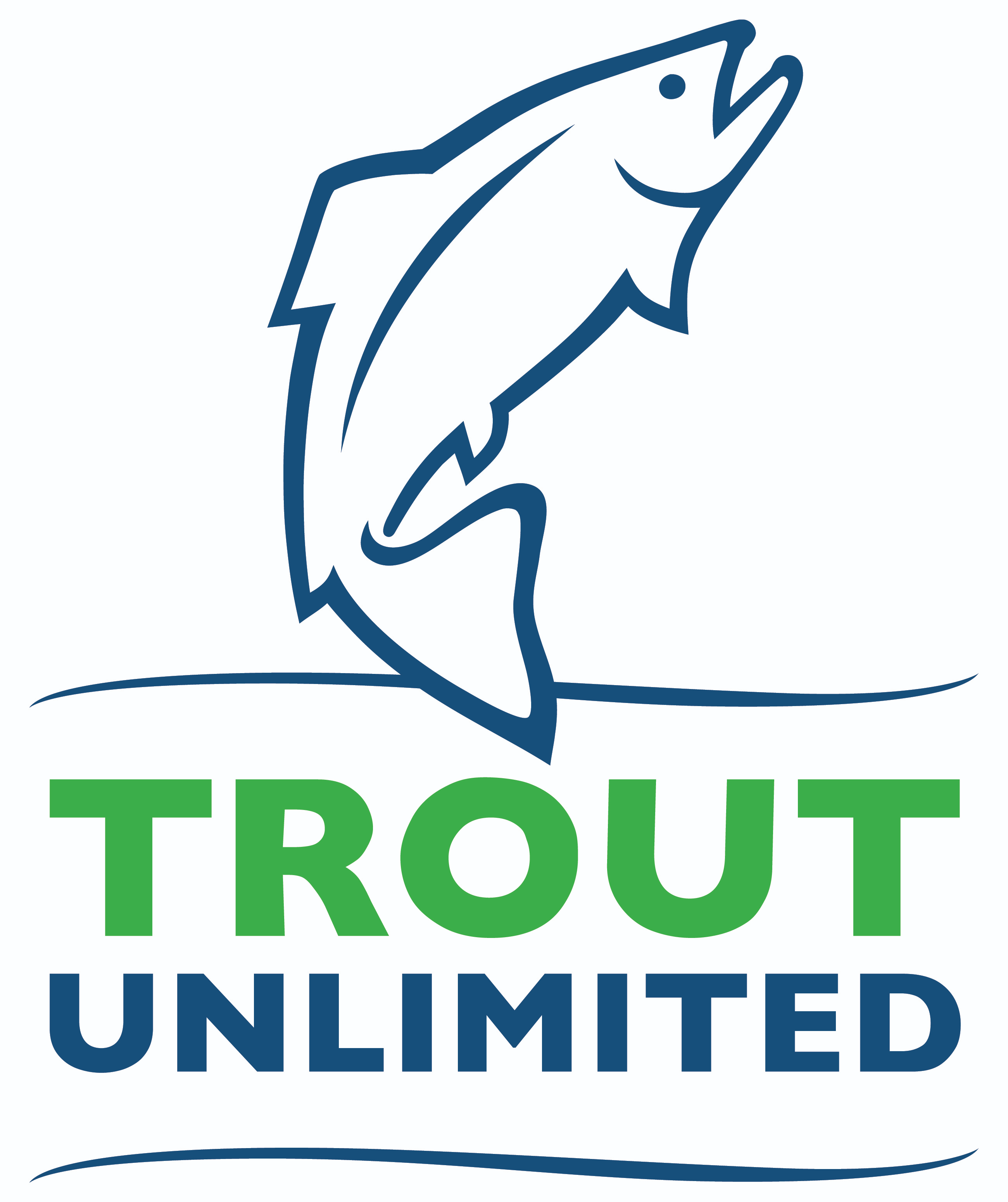



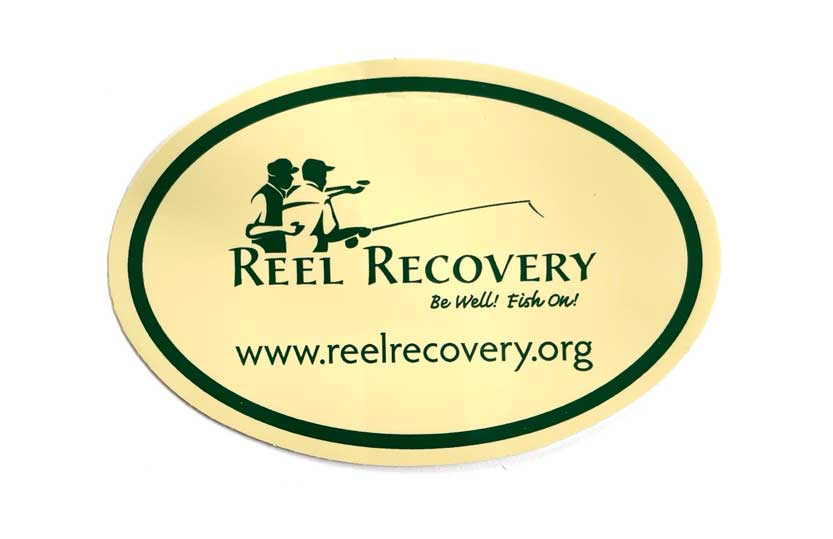

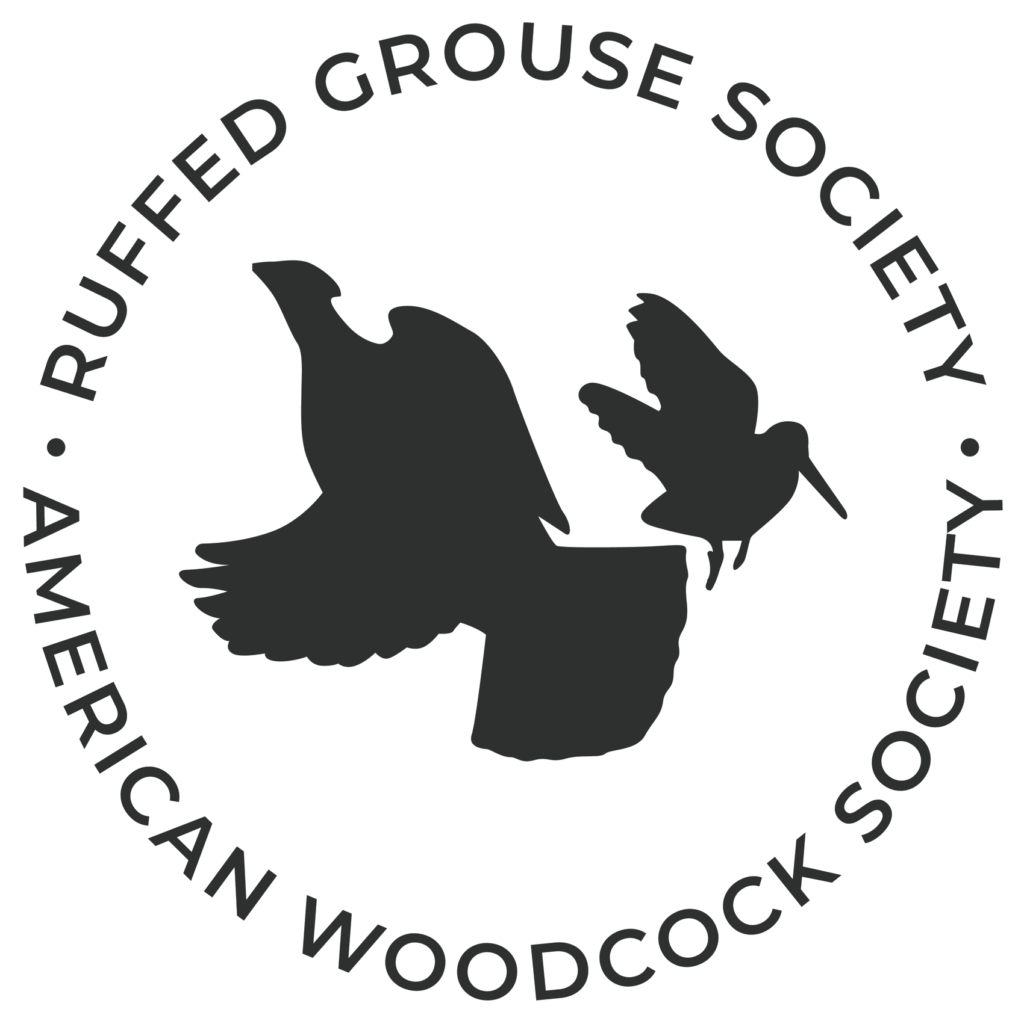
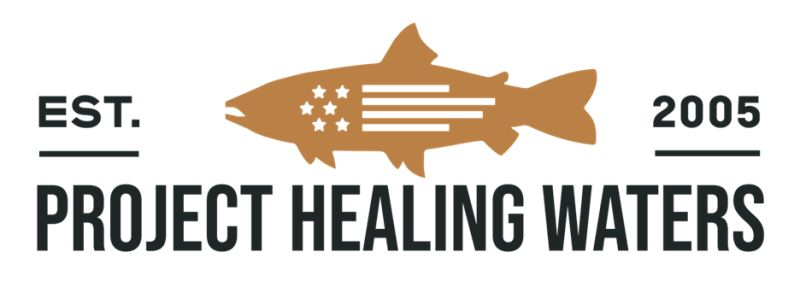
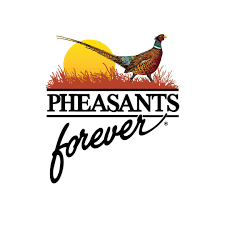
Our Partners


